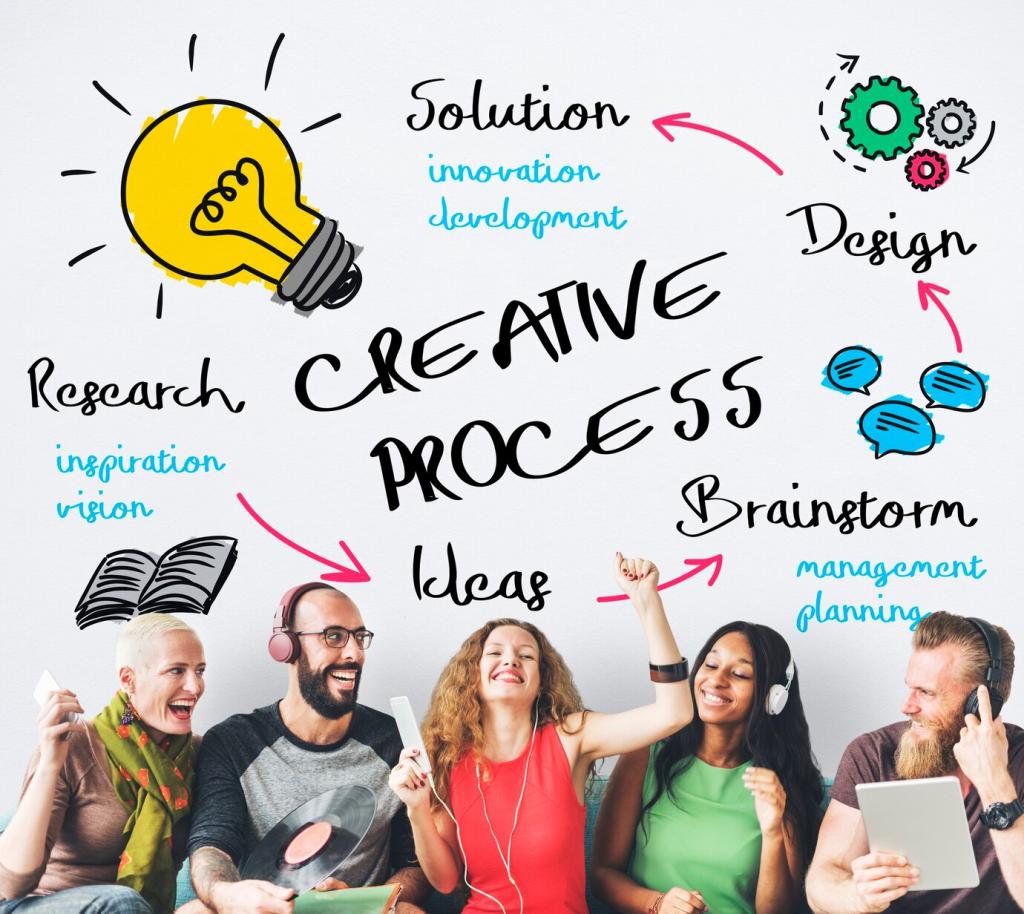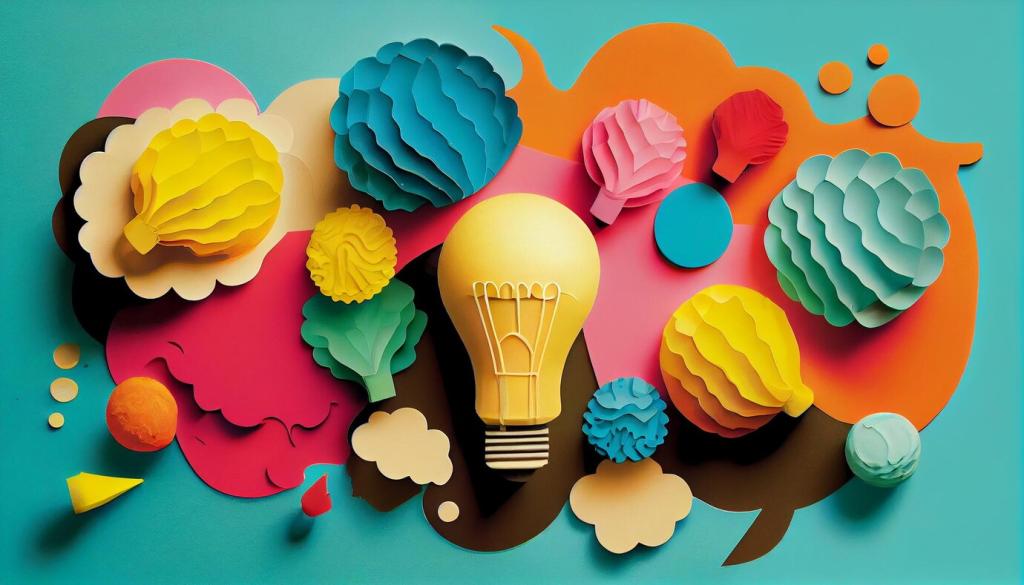Ethical Emotional Persuasion
Avoid implying design fixes life. Say, ‘This layout supports unrushed breakfasts,’ not ‘This table heals families.’ Clear intent earns credibility and sustains long-term loyalty. Encourage readers to flag copy that overreaches, and commit to revising together.
Ethical Emotional Persuasion
Use plain language, break up dense descriptions, and avoid sensory overload. Offer alternatives for neurodiverse comfort—dimmable lighting, low-contrast palettes. Ethical copy acknowledges different nervous systems. Invite messages about what makes environments soothing or stressful.





